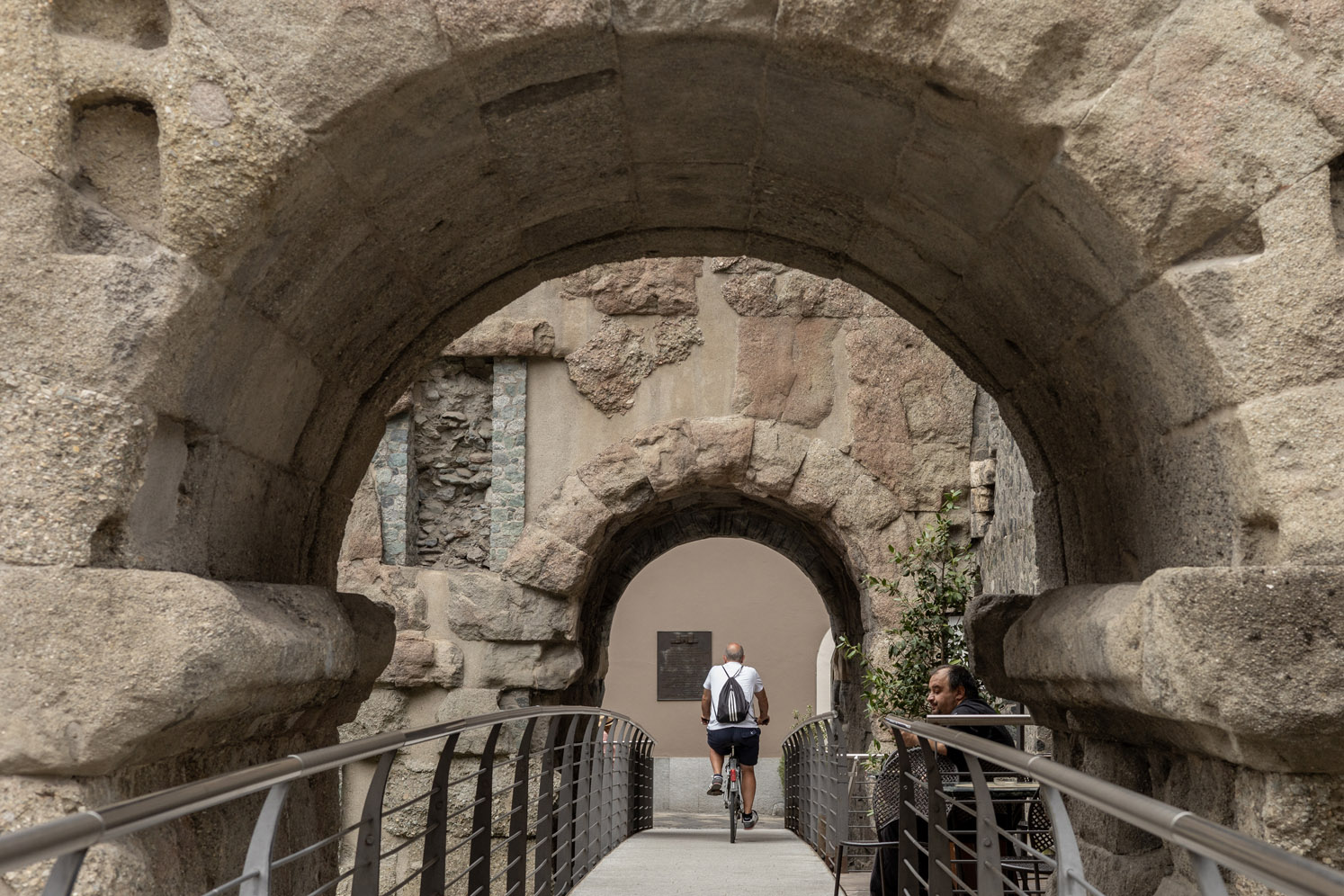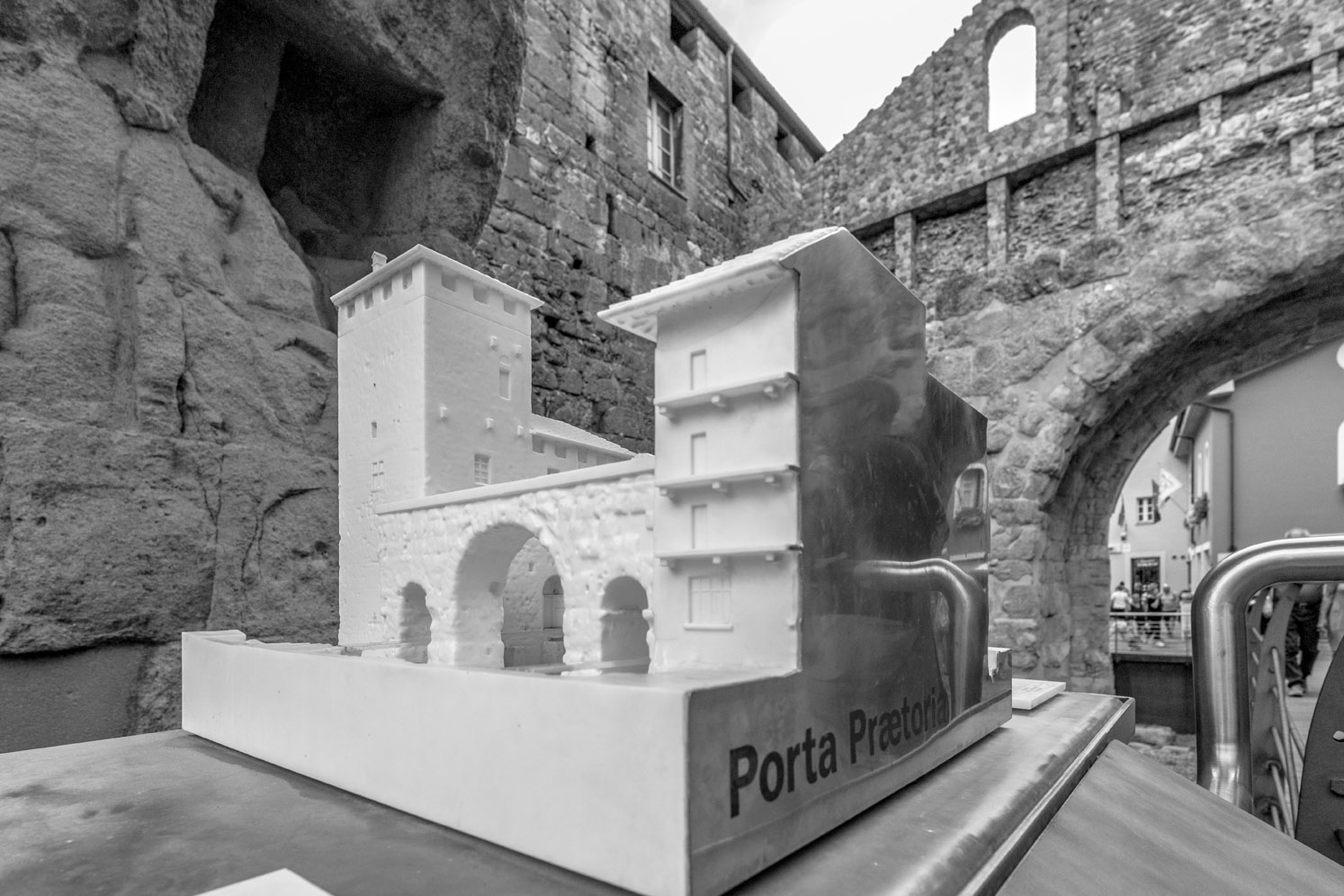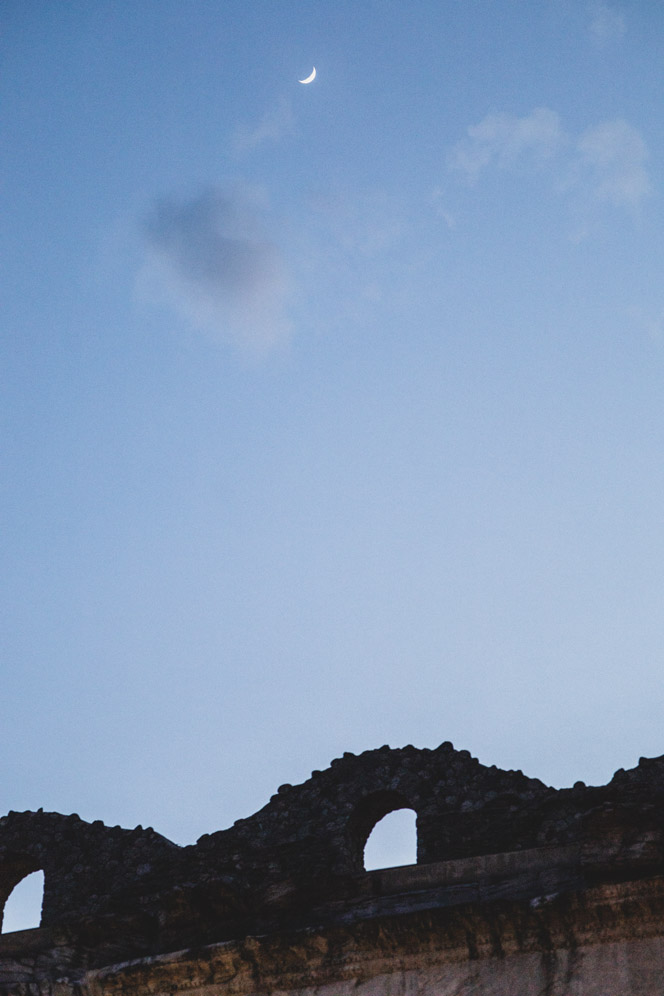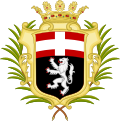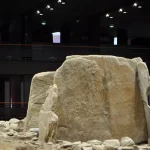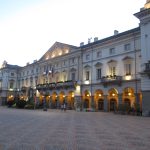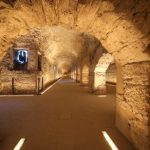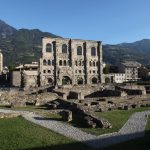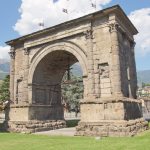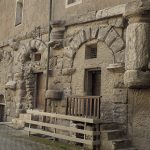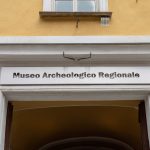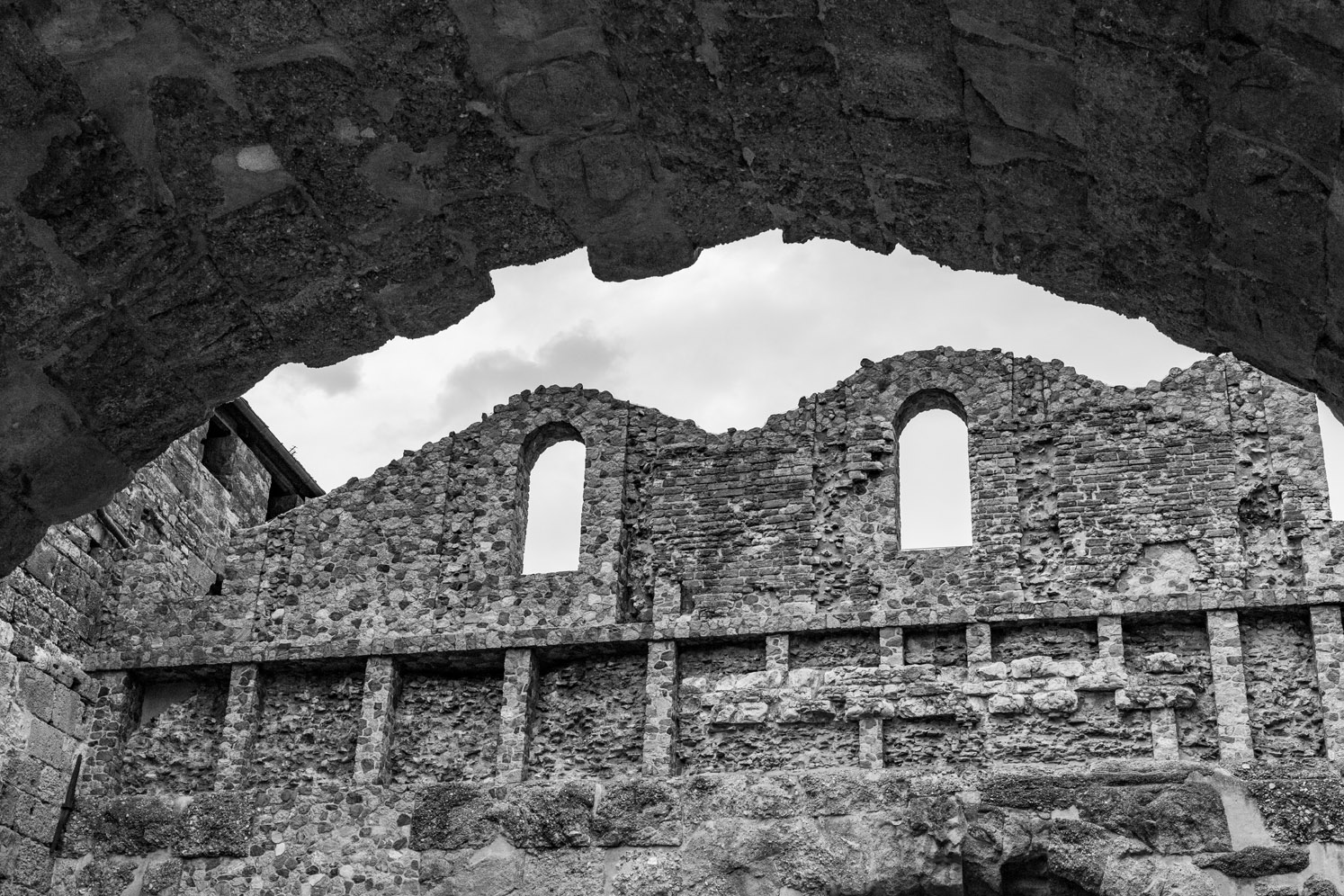
Aosta Praetoria Gate
Porta Praetoria: the gateway to ancient Aosta
The Porta Praetoria is one of the four ancient entrances to the Roman city of Augusta Praetoria (now Aosta).
The city was built in 25 BC after the defeat of the Salassi, an Alpine population opposed to Roman rule. The Porta is a true gateway through time.
Located in the northeastern corner of Aosta’s Roman walls, it was the eastern entrance to the ancient city of Augusta Praetoria Salassorum.
Even today, it still stands majestically, offering a fascinating glimpse into the city’s Roman past.
Built in the first century AD, the Porta Praetoria has two side towers about 11 meters high and a central archway surmounted by an attic decorated with friezes.
Its sturdy stone walls, up to 3 meters thick, tell stories of battles and sieges.
In the Middle Ages, the gate took the name Porta Sancti Ursi, becoming the entrance to the village of Sant’Orso.
An inscription on the gate bears the date 25 AD, the year of its inauguration.
The Porta is more than just a monument.
It is a symbol of Aosta, a bridge connecting the present to the city’s glorious Roman past.
A reminder of the strength and tenacity that have characterized its history.
Passing through this majestic gate, one plunges into the heart of Aosta’s historic center, among cobblestone streets, ancient buildings, and evidence of a past rich in history and culture.
An unmissable experience for lovers of history and archaeology.



Praetoria Gate The History
The Porta Praetoria is one of the four ancient entrances to the Roman city of Augusta Praetoria, built in 25 B.C. after the defeat of the Salassi, an Alpine population that opposed Roman rule .
The Porta Praetoria is located in the eastern part of the walls and has three openings: the central, wider one was intended for the passage of chariots, while the narrower side ones were for the passage of pedestrians.
Inside the openings was a courtyard of arms, where soldiers prepared for the defense of the city.
The openings were closed by draw gates, the grooves of which can still be seen on the walls .
It is built with blocks of puddinga, a rock formed by pebbles cemented together.
In imperial times, the gate was covered with bardiglio green marble and white Carrara marble to give the monument greater prestige and beauty.
Some marble slabs are still visible on the eastern facade.
In the Middle Ages, a chapel dedicated to the Holy Trinity was added on top of the central arch, of which only a niche remains.
The Porta Praetoria is one of the best preserved Roman monuments in the Aosta Valley and is well worth a visit to admire its grandeur and history.

Church of St. Lawrence
Chiesa Paleocristiana di San Lorenzo, Via Sant'Orso, Aosta, AO, Italia

Collegiate Church of St. Bear
Chiesa Collegiata dei Santi Pietro e Orso, Via Sant'Orso, Aosta, AO, Italia

Megalithic Area of Saint-Martin-de-Corléans
Area megalitica di Saint-Martin-de-Corléans, Corso Saint Martin de Corleans, Aosta, AO, Italia

Aosta Cathedral
Cattedrale di Santa Maria Assunta e San Giovanni Battista, Piazza Papa Giovanni XXIII, Aosta, AO, Italia

Cryptoportic Forensic
Criptoportico Forense, Piazza Papa Giovanni XXIII, Aosta, AO, Italia

Regional Archaeological Museum
Museo Archeologico Regionale, Piazza Pierre-Leonard Roncas, Aosta, AO, Italia

